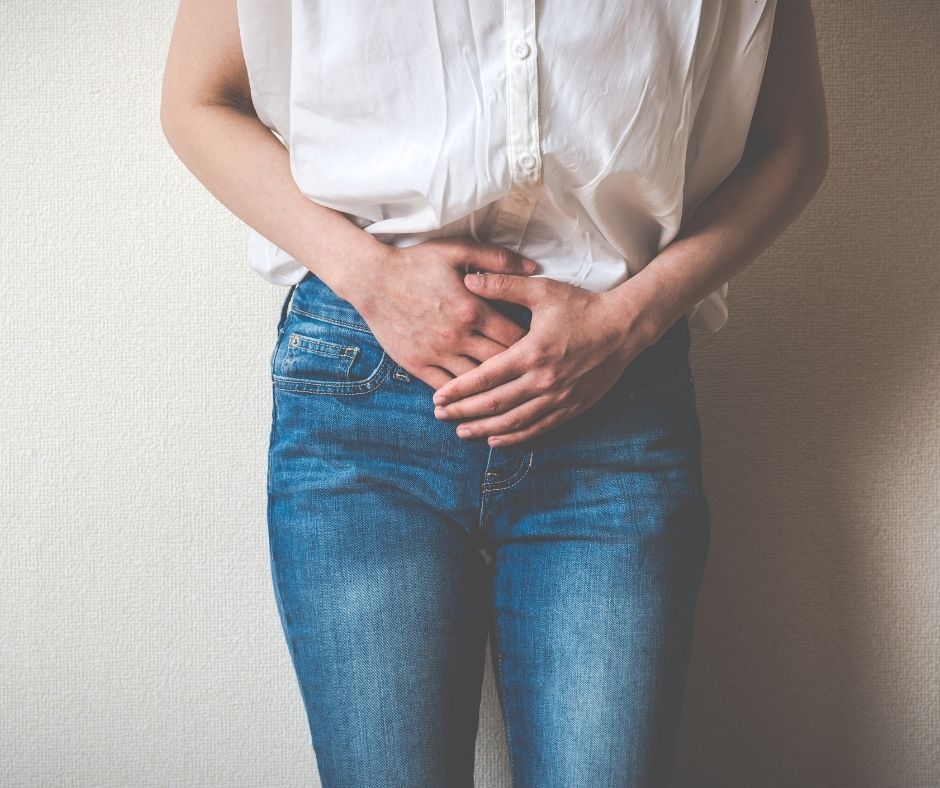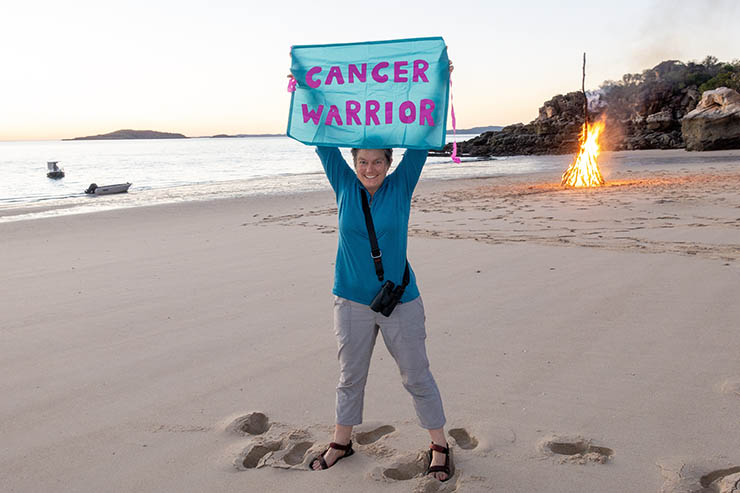Cheyann Shaw was a vibrant and adventurous fitness social media influencer. That changed at 23 when she was diagnosed with stage 4 serous ovarian cancer. Her chemotherapy regimen began in August of 2016 and thus began a series of nightmares – multiple rounds of chemo, surgeries, a temporary ileostomy bag, and an allergy to dairy. Her weight plummeted from 130 to 97 lbs, from muscle to a skeletal bag of bones.
Her family and friends watched her deterioration until her parents finally broached the topic of giving medical cannabis a chance. She was initially opposed to the idea, having always led the life of an athlete and considering her body a temple. Oddly enough her father, a previously anti-cannabis man, had seen a friend battling with back cancer have positive results by treating his own condition with medical cannabis. Cheyann began with 1 gram each of Rick Simpson oil and CBD, distributed in pill form. She found that the aggressive chemo she was subjected to next – seven rounds in all – was far more tolerable. She began to see that her appetite was back and was starting to crave food again, even eating dinner and desert like a “normal” person.
The most difficult of the chemo side effects she had experienced previously was feeling both exhausted and wide awake simultaneously. To combat the side effects of chemo, doctors had begun injecting her with a steroid to “help” but those would keep her awake, sometimes up to 72 hours at a time. Both her physical and mental health were suffering and again, she started looking into how medical cannabis might help with the mental exhaustion. She found that THC was a godsend for insomnia and began to sleep and wake up refreshed. Not only that, but the anxiety was dissipating with the use of THC.
Today, Cheyann says that she’s a firm believer that medical cannabis helped her win the fight with her cancer. She says, “Many people are closed-minded when it comes to THC and at one point, I was one of those people. But if you keep an open mind and do just a little research, you’ll be surprised at what you might find.”
Often times I hear patients tell me they have treated their lower abdominal issues with cannabis suppositories, either vaginally or rectally. I’ve been told they work for menstrual cramps and to treat the symptoms of Crohn’s. Click below to check out the research on cannabis suppositories and if they really work.


